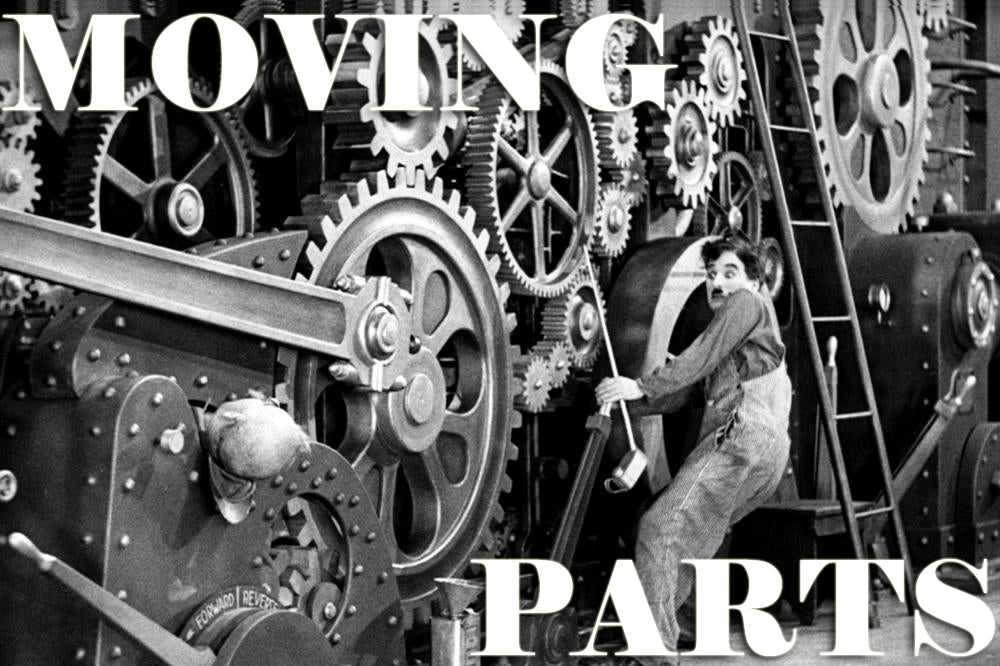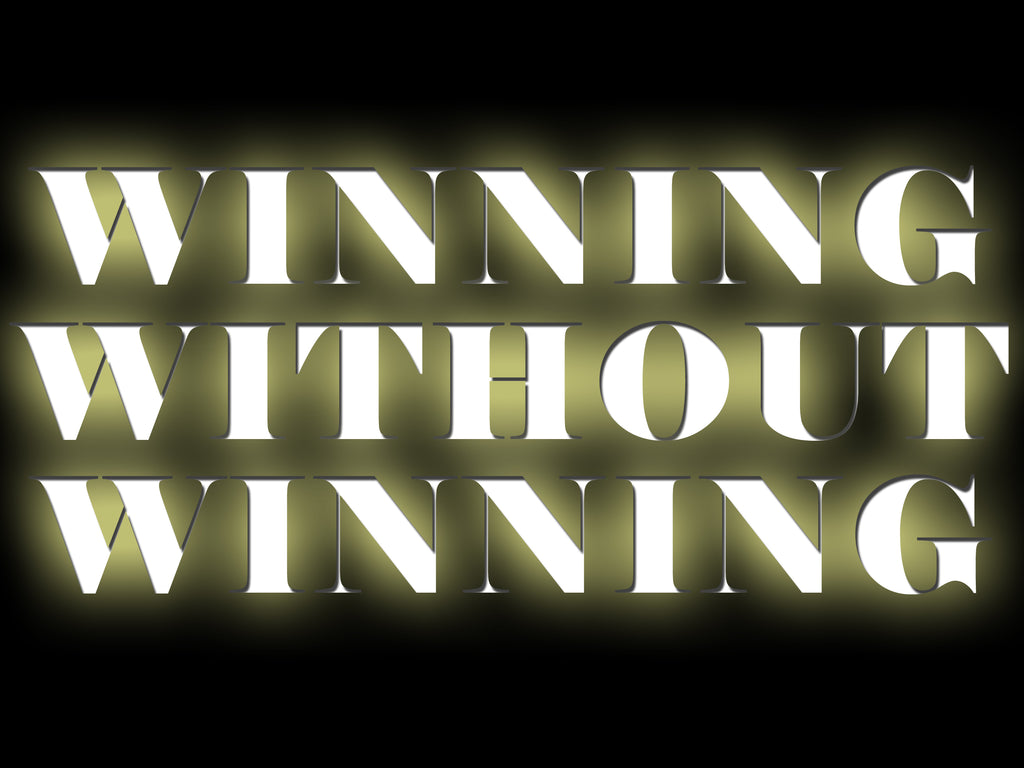Hollandazed: Thoughts, Ideas, and Miscellany — game design
MOVING PARTS (by Tom Russell)

We spent this past weekend in Dallas - more on that in a future blog-thing - and I got the chance to play two games that I had been very keen to play. One of these was God's Playground, Martin Wallace's 2009 three-hander about the history of Poland, and the other was Cole Wehrle's John Company, released last year by Sierra Madre Games. They had more in common than my desire to play them; both games are very procedural (lots of phases, lots of little steps) and both are fairly intricate, ornate objects with lots of moving parts. Both games...
ANY, ALL, OR NONE (OR ONE) (by Tom Russell)

I read once somewhere that one of the biggest challenges that Charles S. Roberts faced when he invented the commercial board wargame was explaining to players that they could move more than one piece on a turn. That they could, indeed, move every piece on a turn if they so chose. This idea is so central to the illusion of maneuver that powers the hex-and-counter idiom that we who speak its language sometimes fail to recognize how strange and extraordinary it really is. This gaming table constructed in Mainz, Germany (1735) and displayed in the Cleveland Museum of Art combines...
WINNING WITHOUT WINNING (by Tom Russell)

Victory Conditions are a fine art in historical games. For the side that won the conflict, you generally want conditions that mirror the historical result. For the side that was defeated, you'll either need to come up with a reasonable hypothetical of what victory would have looked like, or, in cases that are really lopsided, you'll need to resort to "lose the battle, but win in game terms" conditions - the side still loses, but loses in a less humiliating and decisive fashion, which is enough to give the disadvantaged player a fair shot at winning the game. What...
CAT / MOUSE (by Tom Russell)

One of the things I really enjoy about John Theissen's operational ACW games (More Aggressive Attitudes, Objective Shreveport!, and Hood's Last Gamble, for those keeping score) is how difficult it can be to have a proper battle. Whenever you declare combat, your opponent usually has the option of attempting to Retreat Before Combat (RBC), with a 66% chance of success (sometimes more). With a successful roll, the enemy stack slips through your fingers. And, when the shoe is on the other foot, you slip through theirs. Both sides generally want to do battle with the enemy, because winning battles decisively...
LOOPS (by Tom Russell)

One of my favorite tools to use in a game design is the feedback loop. While it's something that's featured in several of my designs, Blood in the Fog is probably the one that illustrates it best. The Russian Player has certain advantages while the dense fog neuters the range of the powerful enemy rifles. This fog remains in place until a Fog Chit is drawn from the Russian cup, at which point it starts to gradually lift. Every time the Fog Chit is drawn, the number of Activations per turn - the number of chits drawn - increases, which...
